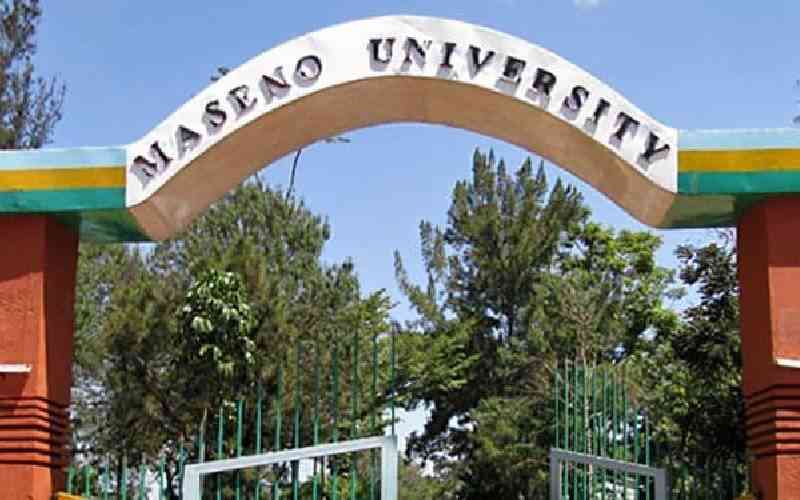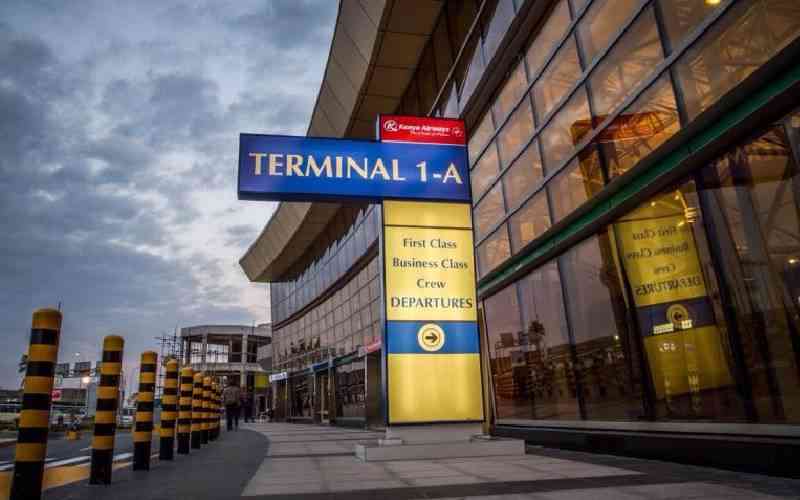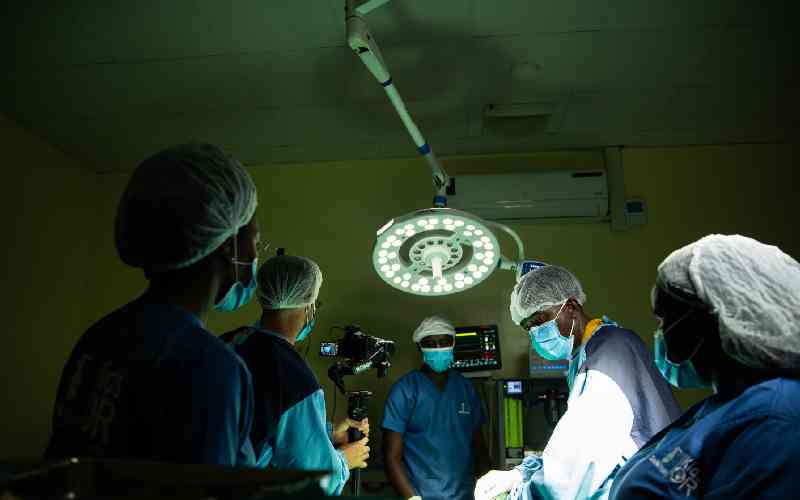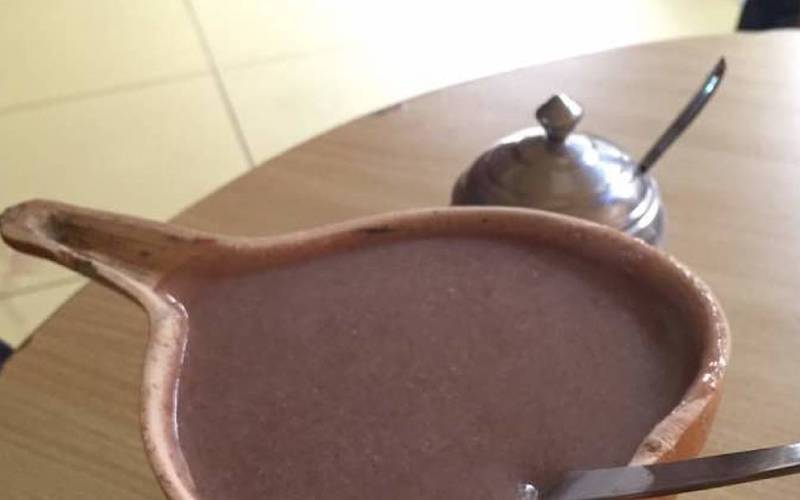
On the Kamiti-Ruiru road as you turn right towards Kirigiti Stadium in Kiambu town, alongside Kiambu Golf Course signs of uji (porridge) welcome you. I noted joints called Irene Uji and Ha Mukami Uji.
The uji signs compete with that of Saint Paul’s ACK Church on the same road. A cemetery inside this church compound is the resting place of prominent people like Lord Errol and Michael Blundell.
Another silent resident is Harold Robert Montgomery, CMG, an elder brother of Field Marshal Viscount Montgomery. Google them. There are Kenyans buried there too. I saw a reserved space for a grave. Who is the owner?
Why uji in this part of the country? Yet uji, except for weaning babies is not a very popular beverage.
Zipporah Kiruthu, a don and food technologist who comes from this county and runs Thayu farm hotel, says that uji making is part of the traditions in this county just like making mukimo and improving its flavour with ripe bananas.
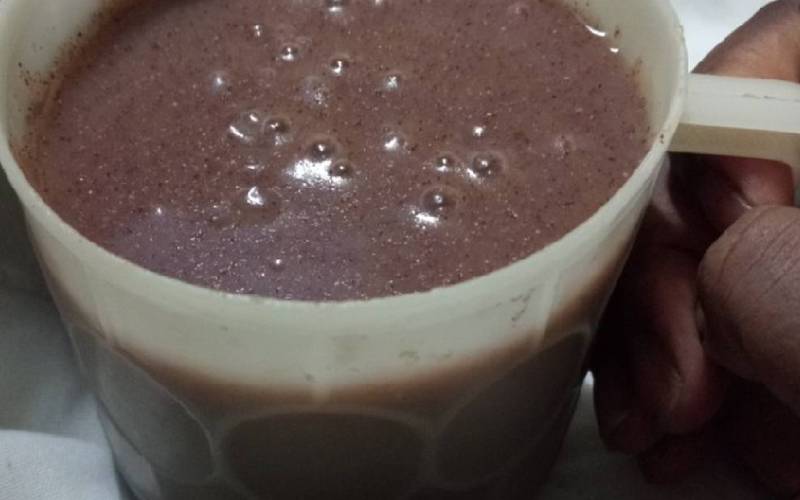
Uji used to be a popular meal in traditional boarding schools. Please raise up your hand if you took uji in high school. It was, however, associated with poverty. Poor homes took uji while affluent homes took tea with sugar. Poor homes took tea without milk. But someone has ingeniously repackaged that sign of poverty into iced tea, a sign of affluence.
Back to uji. Is uji in Kiambu an echo of poverty or traditions? Remember Kiambu is a very unequal county, economically speaking. Does the Kenya National Bureau of Statistics (KNBS) publish data on Gini coefficients for counties?
Or could it be that Kiambu is more health-conscious, or more aware of the nutritional value of uji? One would think that nearness to Nairobi would make uji less popular. Could Kiambu be trying to keep her identity, resisting Nairobi’s influence by keeping uji alive? I also noted that Kiambu has one of the highest numbers of Range Rover cars per square kilometre. Another sign of nostalgia like Uji? Are you from Kiambu? Tell us your uji or Range Rover story.
 The Standard Group Plc is a multi-media organization with investments in media platforms spanning newspaper print
operations, television, radio broadcasting, digital and online services. The Standard Group is recognized as a
leading multi-media house in Kenya with a key influence in matters of national and international interest.
The Standard Group Plc is a multi-media organization with investments in media platforms spanning newspaper print
operations, television, radio broadcasting, digital and online services. The Standard Group is recognized as a
leading multi-media house in Kenya with a key influence in matters of national and international interest.




